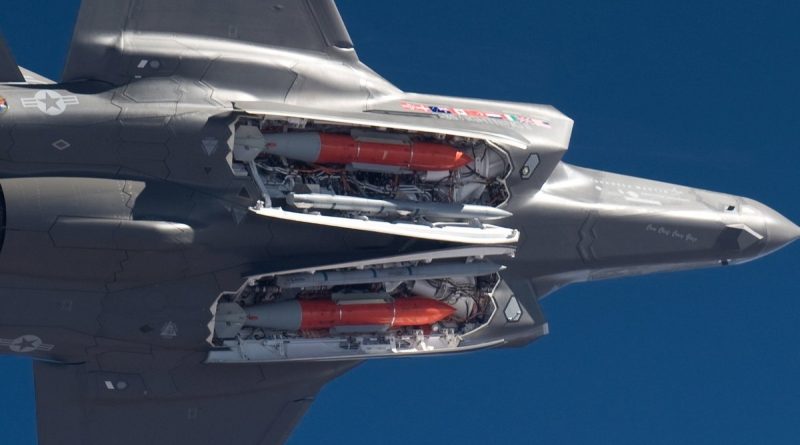U.S. begins development of new gravity bomb
The B61 series of nuclear, or more precisely, thermonuclear gravity bombs has been developed in the United States since the early 1960s, and is now one of the country’s main nuclear weapons. A total of 12 versions have been created. As it became known last Friday, the Pentagon intends to continue modernization of the series and on the basis of B61-7 to develop a new nuclear warhead B61-13.
Being the owner of the second largest nuclear potential (3708 nuclear warheads), the U.S. does not intend to increase it, B61-13 will only gradually replace the stockpile of obsolete Cold War bombs B61-7 and now in service B61-12.
According to the Pentagon leadership, the B61-13 will expand the capabilities of strategic aviation and – no less important – will not lead to an increase in the cost of production and maintenance of the nuclear arsenal.
In all likelihood, the updated thermonuclear warhead will largely retain the same appearance and dimensions inherent in the latest models of the B61 line, namely – an elongated streamlined body with tail fins and rudders. The length of the bomb, most likely, as in the case of the B61-12 will not exceed 3.6 meters, diameter – 330 mm, mass – 300-400 kg, and the power it “inherits” from the B61-7 – 360 kt.
The compact size and low weight of the munition make it possible to refuse the “services” of strategic aviation and entrust B61-13 fighter-bombers F-35 Lightning II.
You may be interested: AI that alters voice and images in political ads will require disclosure on Google and YouTube
